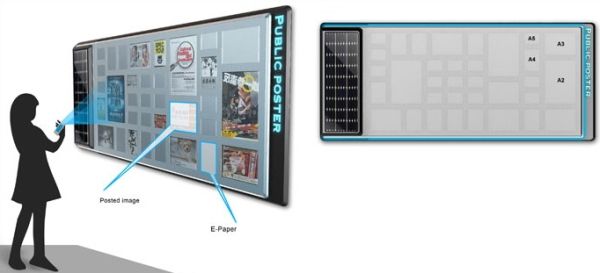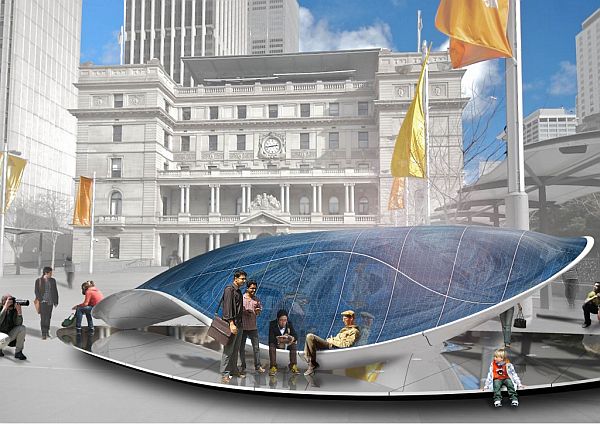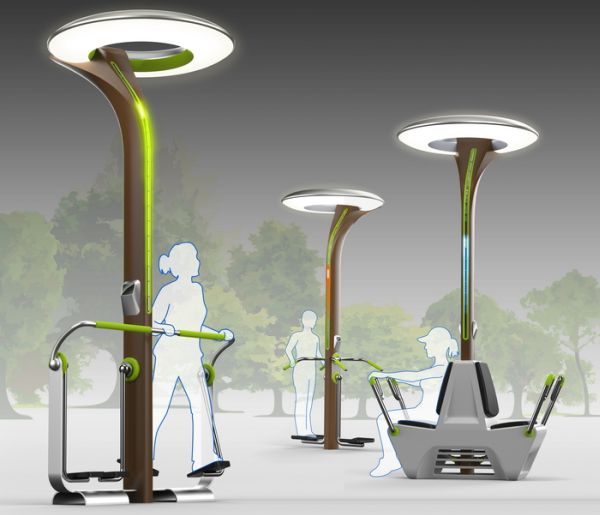
Honestly, how many of us sincerely go through our bulletins, be it on the school board or the office meeting space? Yes, one might argue that it totally depends upon the personal preference of the reader. But can’t things be arranged (and managed) in such a way, so as to increase the chance of appealing to that ‘preference’?
Well, the Public Poster contrived by Taiwanese industrial designer Lin Nien-An is one such conception which seriously has the potentiality to be the future paragon of information exhibition.
According to the designer, the Public Poster will basically be a sort of a public bulletin board composed from a conglomeration of differently formatted e-papers. These ‘papers’ can be directly posted onto the board by means of wireless mechanisms such as Bluetooth, while the board itself will be powered by clean solar energy. In relation to this, the comprehensive system certainly opens up the scope of high technology along with practical sustainability.
For those who are relatively new to the term, e-paper or electronic paper is simply an evolutionary component of our (ever progressing) display technology. Most of these systems are contrived to mimic the appearance of ordinary ink on a conventional paper. But unlike the display technology of back lit flat panels, e-papers also reflect light just like ordinary paper. The fascinating technology in itself has a three pronged advantage, all of which are related to sustainability.
First, conventional paper making has always been related to consumption of massive quantities of natural wood, whose indirect consequence can result in large scale deforestation and soil erosion. E-papers certainly negate this predicament. Second, paper making also consumes large quantities of electrical power, which can be nullified to some degree in the case of e-papers (especially with renewable sources, as in Public Poster). Finally, we come to the ink part. Since we are talking about information, this wealth of information has to be printed in ink on the conventional paper. This calls for wastage of additional resources, in the form of labor, capital and printing machines. E-papers on the other hand, come with an inherent display system that mimics original ink.
Coming back to the mechanism of Public Poster, the designer has envisaged a user friendly system for the defining element of total interaction. As mentioned earlier, the information on the e-paper ‘pages’ (at formats ranging from A3 to A5) can be directly transmitted (by the people concerned, like public authorities) by means of the omnipresent Internet via wireless devices using Bluetooth. The display will also accentuate upon the interface, as users can easily browse through the information they personally want to read. Even advertisers can display their advertisements through the formats. Upon the expiry of the ad, the page will become blank for further usage of other displays.
Finally, as an ingenious toast to sustainability, the Public Poster will store ‘clean and green’ solar power during the day time. During night time, the whole system will double up as a public lighting component (along with a bulletin), while the illuminative power will come from the previously stored solar energy.
Source: Coroflot




